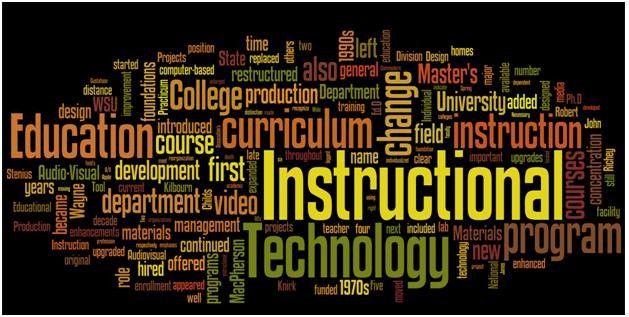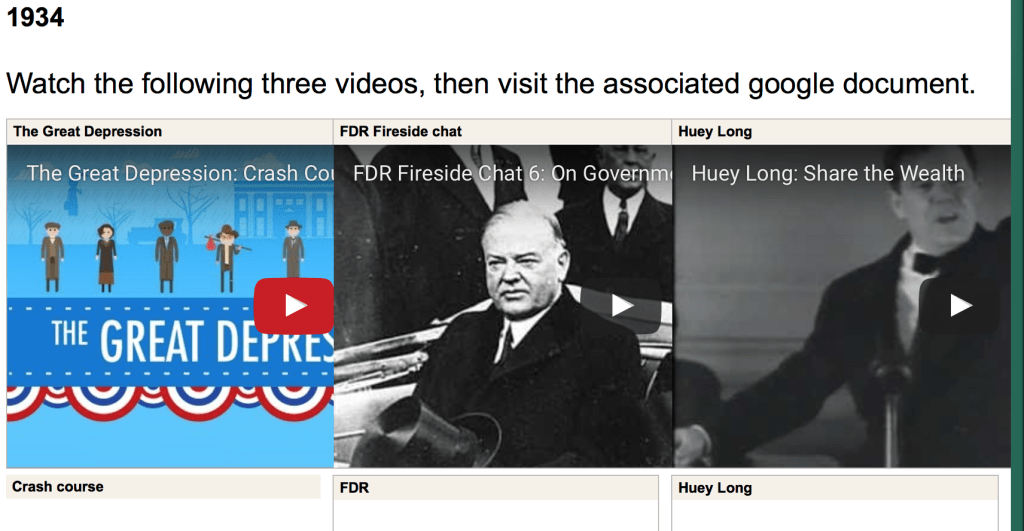
Technology
Prompt: Write a blog post in response to our class on digital history.
As educators it is our responsibility to take advantage of every tool at our disposal that can benefit our students and their education. At this point in time we are able to access and demonstrate a lot of information using a variety of tools online. Although I see a much greater use for the internet in terms of professional development, there can be some advantages to the flipped classroom.
Professional development:
Twitter is an excellent tool for extending your community for professional development and advancement. It can be an opportunity to share ideas, concepts and lessons that can benefit students. It is also of great use for students preparing to become teachers. It allows us to learn from more experienced educators. Additionally, it can be a great way to demonstrate your involvement and personal drive to better yourself and your classroom curriculum.
In the classroom:
I enjoyed playing with and using GapMinder as a visual aid to demonstrate changes over time. This would be of a lot of use to me in a class on Word History to narrow in on specific nations over time even when we have to bounce between nations in the same time period. Additionally, I think this is an excellent way to make thinking visual for students working to make connections over time and to help students make meaningful connections.
This leads me to nGram Viewer and NYTimes Chronicle. I would use this in my classroom to demonstrate trends, changes in diction and priorities over time. My first thought was to measure three words that mean the same thing but are more or less politically appropriate at any given time. It was incredibly interesting to play with and that may be the way I encourage my students to use it, as a tool for investigating their own interests and hunches about trends and connections between time and language. I may use it occasionally as a visual aid.
Ultimately, I think that the most important tool for learning history is discussion, dialogue and analysis. These tools are worthless without that. I am not fond of students spending more time in front of a screen but it can be an interesting beginning of a class discussion.




